Religion, politics, dogs - want to start a (potentially heated) discussion at your next friendly gathering? Bring up any one of those three topics and you are almost guaranteed to get a rise out of someone!
The rights and wrongs of responsible dog ownership can vary greatly, depending on who you ask and what beliefs that they carry towards dogs in general.
Ask a dog trainer...They will tell you the most responsible thing you can do as a dog owner is to train your dog.
Ask a dog rescuer......They will tell you the most responsible thing you can do as a dog owner is to spay and neuter your dog.
Ask someone in the pet health industry...They will tell you the most responsible thing you can do as a dog owner is to routinely vaccinate your pet.
Ask an animal control officer...They will tell you the most responsible thing you can do as a dog owner is to be sure your pet is microchipped and wearing up to date identification.
Ask an exercise enthusiast...They will tell you the most responsible thing you can do as a dog owner is to be sure your dog is walked/run/exercised daily.
These examples are just to name a few! While they are all wonderful suggestions, they aren't the end all be all of good dog ownership.
Other hot topics include:
Your opinion can differ greatly from those around you, and you can still be a wonderful and responsible dog owner. So many of us forget this, and we fail to see that despite our differences, we all have one thing in common - our undeniable love for our dogs.
What's the most responsible thing you can do as a pet owner? Educate yourself! Be an advocate for your dog, and make him or her the pet you can enjoy as a family member for the next 10+ years. You may not agree wholeheartedly with the opinions of your friends, but that's ok - do what's right for you and your pup - there are MANY right ways to be a responsible dog owner. While I may not have all the answers - I know there are some great resources out there to help guide me in my decisions for my four legged family members.
Why should you train your dog?
Should you spay or neuter your dog?
What about vaccinations?
How should you identify your dog?
How important is daily exercise?
Crate training?
What's the best diet for your pet?
What about responsible breeders?
Training methods?
Potty training?
The rights and wrongs of responsible dog ownership can vary greatly, depending on who you ask and what beliefs that they carry towards dogs in general.
Ask a dog trainer...They will tell you the most responsible thing you can do as a dog owner is to train your dog.
Ask a dog rescuer......They will tell you the most responsible thing you can do as a dog owner is to spay and neuter your dog.
Ask someone in the pet health industry...They will tell you the most responsible thing you can do as a dog owner is to routinely vaccinate your pet.
Ask an animal control officer...They will tell you the most responsible thing you can do as a dog owner is to be sure your pet is microchipped and wearing up to date identification.
Ask an exercise enthusiast...They will tell you the most responsible thing you can do as a dog owner is to be sure your dog is walked/run/exercised daily.
These examples are just to name a few! While they are all wonderful suggestions, they aren't the end all be all of good dog ownership.
Other hot topics include:
- to crate or not to crate
- appropriate diet
- breeders
- training methods
- potty pads and potty training
- etc
Your opinion can differ greatly from those around you, and you can still be a wonderful and responsible dog owner. So many of us forget this, and we fail to see that despite our differences, we all have one thing in common - our undeniable love for our dogs.
What's the most responsible thing you can do as a pet owner? Educate yourself! Be an advocate for your dog, and make him or her the pet you can enjoy as a family member for the next 10+ years. You may not agree wholeheartedly with the opinions of your friends, but that's ok - do what's right for you and your pup - there are MANY right ways to be a responsible dog owner. While I may not have all the answers - I know there are some great resources out there to help guide me in my decisions for my four legged family members.
Why should you train your dog?
Should you spay or neuter your dog?
What about vaccinations?
How should you identify your dog?
How important is daily exercise?
Crate training?
What's the best diet for your pet?
What about responsible breeders?
Training methods?
Potty training?

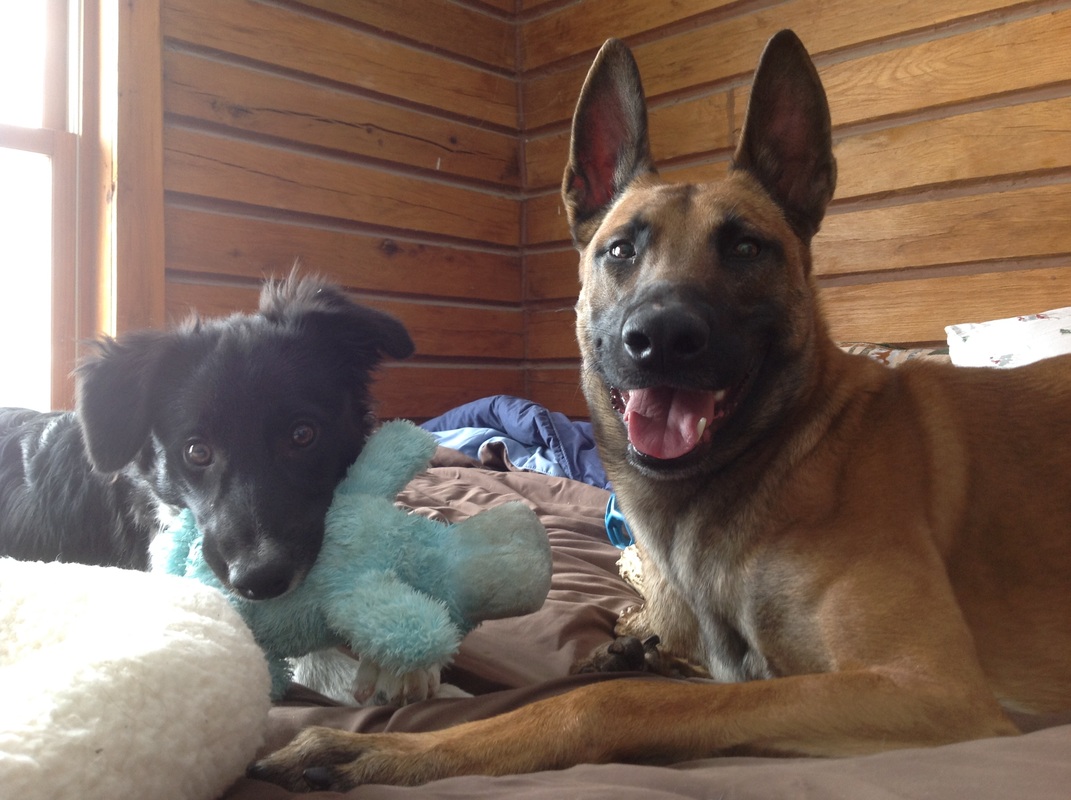
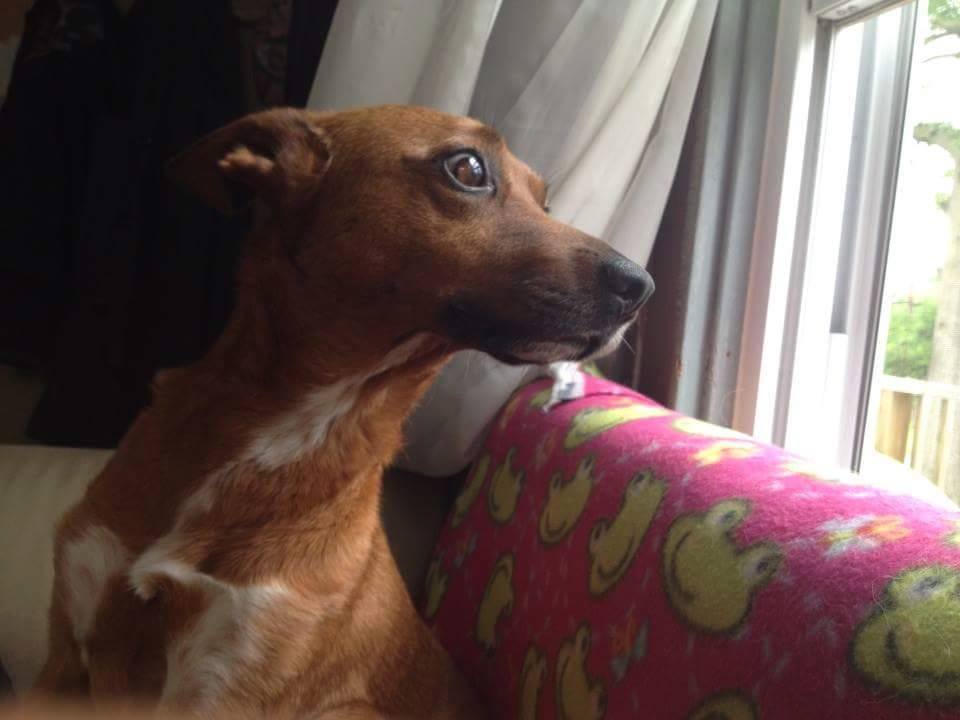
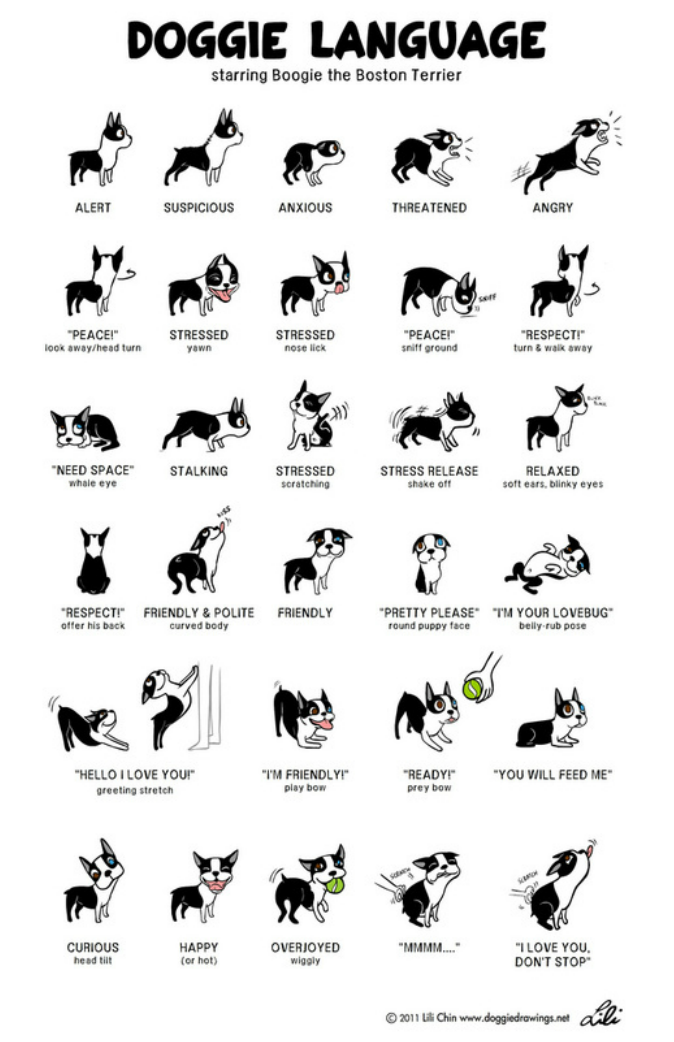
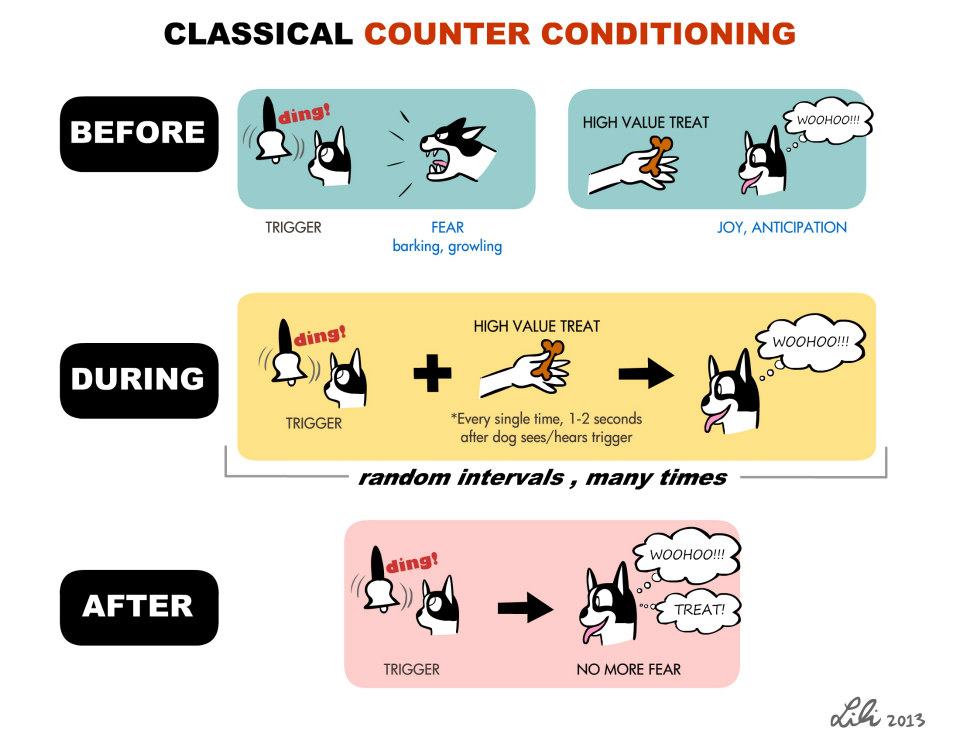
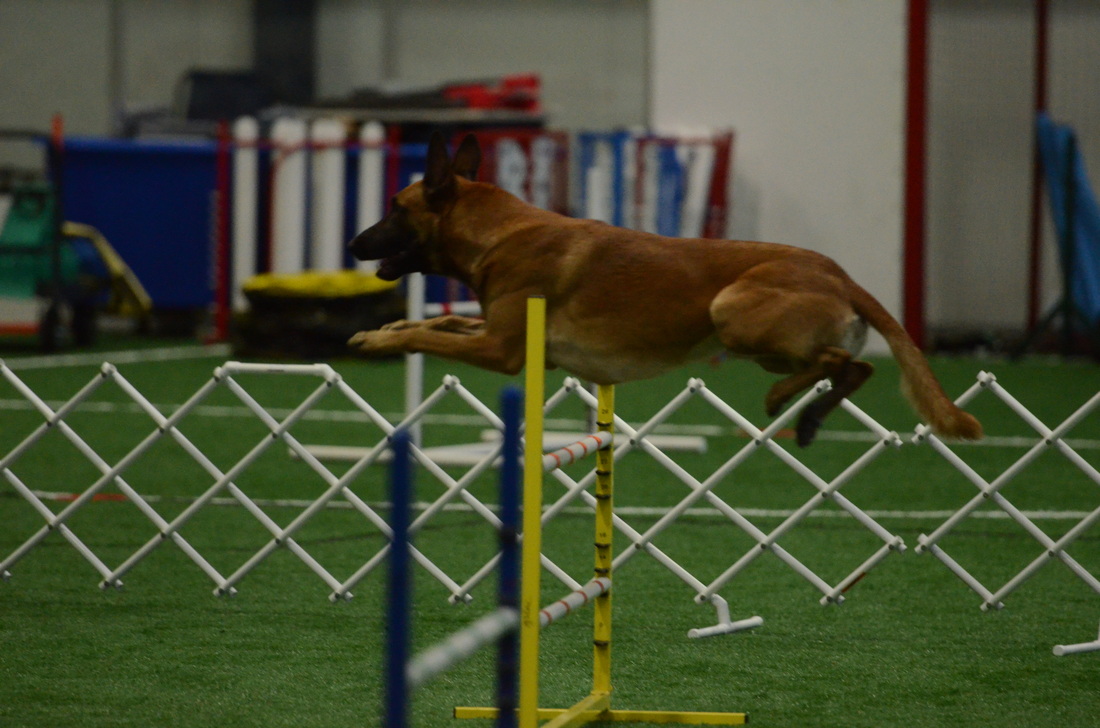

 RSS Feed
RSS Feed